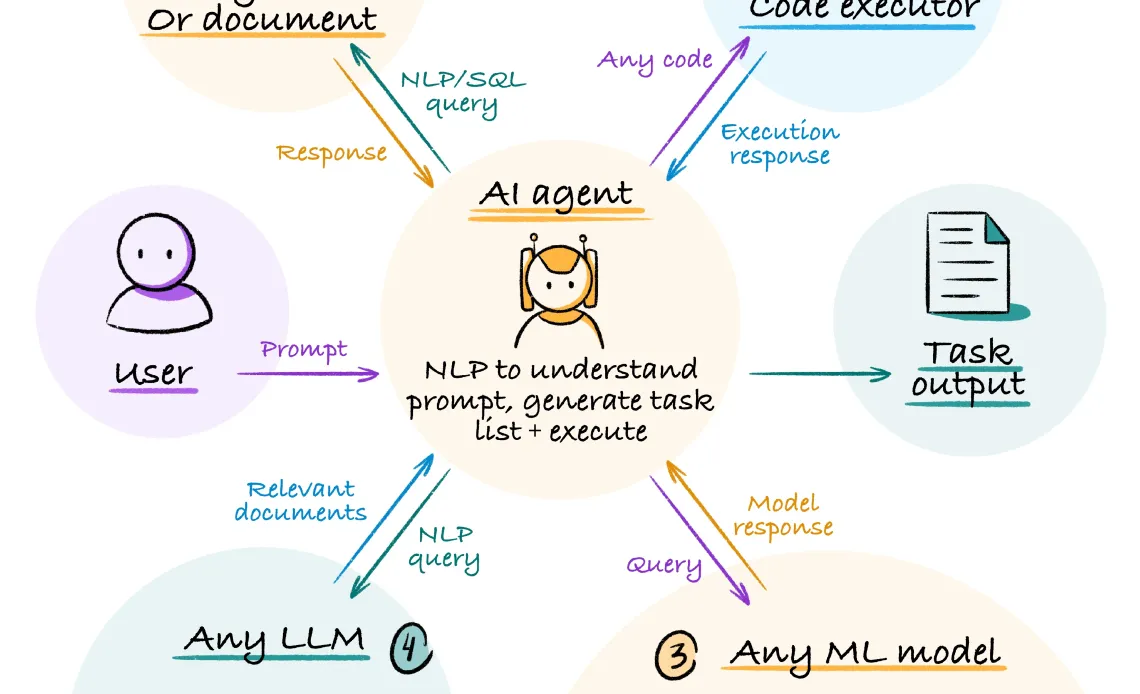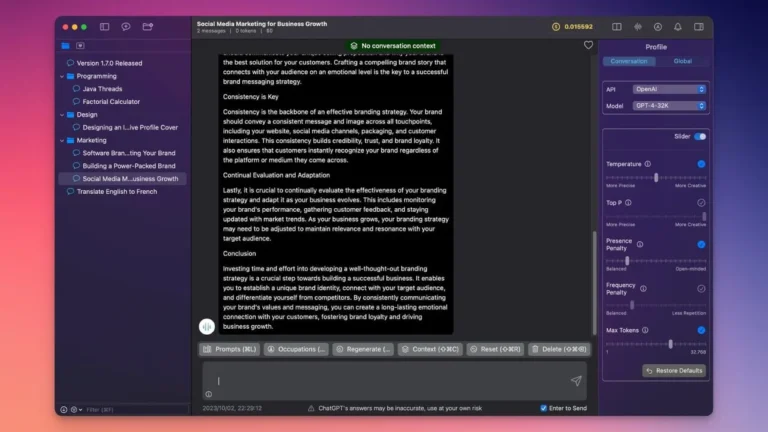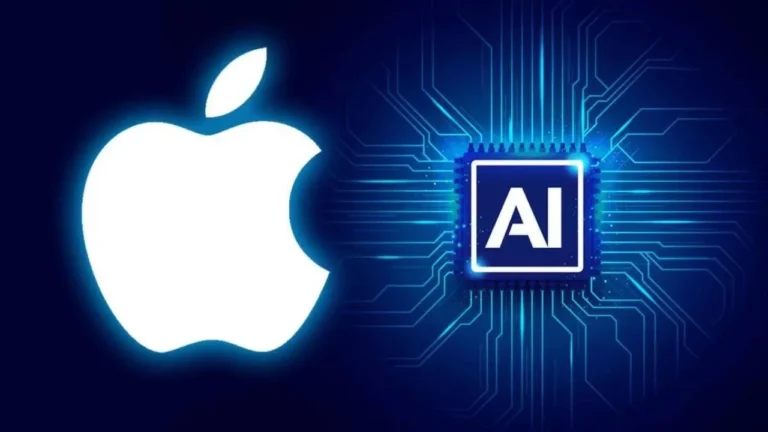The term “Agentic AI” is gaining traction, resonating through tech circles and beyond. As interest in artificial intelligence continues to soar, the distinctions between current AI applications and future possibilities have become critical talking points. Venture capitalists, particularly those at Menlo Ventures, are leading the charge, articulating the vision of AI agents that will revolutionize decision-making processes within businesses.

The Rise of Agentic AI
In recent years, artificial intelligence has transformed from a niche interest into a foundational technology across various industries. As more businesses adopt AI solutions, the need for more sophisticated, autonomous systems has become apparent. This shift in focus has sparked a wave of innovation, and venture capitalists are eager to fund projects that push the boundaries of what AI can achieve.
In a recent series of blog posts, partners at Menlo Ventures—who have previously invested in groundbreaking AI startups like Anthropic—unpacked the evolving landscape of AI agents. They foresee a new generation of agents that transcend the limitations of current technology, a shift that could redefine how corporate decisions are made.
The Four Pillars of Fully Autonomous Agents
Menlo Ventures identifies four core elements that together create what they term “full agentic capability.” These elements are:
Reasoning: This involves the ability to analyze information and draw meaningful conclusions based on data inputs. The more sophisticated the reasoning capabilities, the better an AI can handle complex tasks that require understanding context and nuance.
External Memory: AI systems equipped with external memory can access extensive data sources, which informs their decision-making. This is crucial for tasks that require a broader knowledge base or historical data to improve accuracy and outcomes.
Execution: This capability refers to the AI’s ability to carry out decisions in real-time. It’s not enough for an AI to make a recommendation; it must also implement that recommendation effectively and efficiently.
Planning: The foresight to strategize steps needed to achieve a goal is essential. An AI that can plan can anticipate future needs and align its actions with long-term objectives.
The authors assert that while today’s large language model (LLM) applications exhibit some agent-like characteristics, they fall short of true autonomy. As they clarify, “Fully autonomous agents may possess all four building blocks, but today’s LLM apps and agents do not.” This highlights a significant gap in current technology and the future of AI.
What Does “Agentic” Mean?
The term “agentic” refers to an AI’s ability to act independently and make choices based on its understanding of a situation. This independence is vital for automating decision-making processes within businesses.
The authors stress that current AI tools, while powerful, primarily operate under predefined logic flows. Simply employing a tool doesn’t equate to having the control to decide how a problem should be solved.
According to the blog, “Tool use is powerful, but by itself, [it] cannot be considered ‘agentic.’ The logical control flows remain pre-defined by the application.” This means that for an AI to be truly autonomous, it must be capable of making decisions about which tools to use in various situations.
Types of AI Agents
The authors detail several categories of AI agents that are making strides toward true autonomy:
Decisioning Agents: These utilize LLMs to navigate a suite of rules, determining which tools should be employed for specific tasks. Anterior, a healthcare startup, exemplifies this approach, using decisioning agents to optimize patient care processes.
Agents on Rails: This higher-level agent receives broader goals—like reconciling invoices—and has the flexibility to select from various rules to fulfill its objectives. Companies like Sierra and All Hands AI are working on these advanced systems, pushing the boundaries of what’s possible with AI.
General AI Agents: The holy grail of AI development, general AI agents possess dynamic reasoning and can generate custom code. This allows them to assimilate an entire company’s rulebook. The AI known as Devin, created by Cognition, is one such pioneering example still in the research phase. This level of agentic AI represents the potential to revolutionize various industries.
The Move Beyond Robotic Process Automation
In their second blog post, titled “Beyond Bots: How AI Agents Are Driving the Next Wave of Enterprise Automation,” the Menlo team discusses how these advanced AI agents will impact businesses. They emphasize a shift away from traditional robotic process automation (RPA), which simply automates repetitive human tasks, towards more intelligent decision-making.
For instance, consider a scenario where a company needs to reconcile an invoice from an international supplier. This task requires navigating various complexities, such as:
- Currency conversion
- Transaction dates
- Fees (cross-border and bank-related)
A true AI agent can process all this data and make the necessary calculations autonomously, whereas RPA might just hand off this task to a human. This capability showcases the intelligence and efficiency that future AI agents promise to deliver.
The Landscape of AI Startups
The Menlo team notes that many startups are already offering solutions that approach these higher-level functions. Contrary to being mere science fiction, businesses—from small startups to Fortune 500 companies—are leveraging these systems on a large scale.
They even provide a detailed chart categorizing these offerings by their autonomy levels and market focus. This visual representation underscores the diversity of AI applications emerging in the marketplace.
Challenges and Limitations Ahead
Despite the promising future of agentic AI, the authors acknowledge two significant limitations in current generative AI systems that could hinder progress:
Hallucinations: One of the most pressing concerns is the tendency of generative AI to produce confidently incorrect outputs. This issue raises questions about the reliability of decision agents and agents on rails, particularly regarding whether they can reduce the occurrence of hallucinations.
Measuring Impact: While agentic AI has the potential to automate various corporate processes, there is still a lack of substantial data assessing the true effectiveness of these solutions. Even if an agent makes the correct decision, the outcome might still be subpar compared to human judgment.
A relevant case study highlighted in the recent book “AI Snake Oil” by Princeton scholars Arvind Narayan and Sayash Kapoor illustrates this challenge. The book recounts a situation where an AI model misjudged the risks of discharging asthma patients with pneumonia symptoms based on flawed reasoning, potentially leading to disastrous outcomes.
Conclusion: The Road Ahead
As the field of AI continues to evolve, the prospect of fully autonomous agents presents both excitement and caution. Venture capitalists like those at Menlo Ventures are driving innovation in this space, backing startups that push the boundaries of what AI can achieve. While we stand on the cusp of significant advancements, it’s crucial to address existing challenges to ensure that the future of agentic AI is not only groundbreaking but also reliable.
In this fast-changing landscape, businesses and developers alike must remain vigilant in understanding both the capabilities and limitations of AI technologies. As we navigate this journey, the collaboration between investors, innovators, and researchers will be essential in shaping a future where autonomous AI agents can thrive.
By focusing on these advancements and acknowledging the hurdles that lie ahead, we can foster a dialogue about the ethical implications, operational efficiencies, and innovative potential that agentic AI offers. The journey is just beginning, and the future promises to be as exciting as it is complex.








